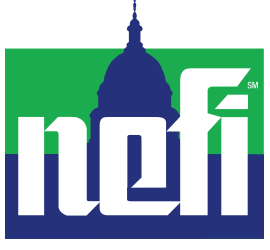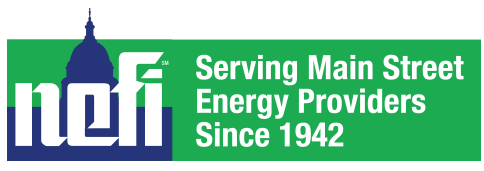Late week, President Donald Trump announced he would impose tough new tariffs on nearly all countries following expiry of his August 1 deadline to negotiate trade agreements. While some countries reached agreements to limit tariff increases, others face higher rates, although some countries have been given an additional reprieve.
Canada: Higher "emergency" tariffs on Canada under the International Emergency Economic Powers Act (IEEPA) went into effect on August 1. These tariffs apply to non-USMCA-originating Canadian goods and are increased from 25% to 35%. Canadian goods meeting USMCA North American content rules, including most energy exports to the U.S., remain exempt. Read the Executive Order here. The order cites Canada's response to border security concerns as a main justification for the increase. Canadian officials dispute these claims, but say both sides continue to "work in good faith" to reach a trade deal.
Mexico: Trump announced a 90-day extension of current IEEPA tariff arrangements following discussions with Mexican President Claudia Sheinbaum. Mexico will continue under existing rates of 25% on non-USMCA goods. USMCA-qualifying Mexican goods remain exempt from IEEPA tariffs.
European Union: The EU agreement announced last weekend is formalized at 15% tariffs on most European goods. The agreement includes EU commitments to invest $600 billion in the U.S. and $750 billion in American energy over three years. Read the Fact Sheet here. However, EU leaders now suggest this isn't the final word and negotiations are ongoing.
United Kingdom: The UK secured a 10% baseline tariff rate, lower than the EU's 15% rate. The agreement includes a quota system for automotive exports (100,000 vehicles annually at the 10% rate) and provisions for future negotiations on pharmaceutical tariffs. UK steel exports will face 25% tariffs rather than the global 50% rate. Read the Fact Sheet Here.
Japan: Japan reached a comprehensive agreement setting tariffs at 15% while committing to $550 billion in U.S. investments across a variety of sectors. The deal includes increased market access for U.S. agricultural, energy products (especially LNG), and automobiles. Read the Fact Sheet Here
India & Russian Crude Oil: Notably, India faces a 25% tariff "plus penalty" structure due to President Trump's concerns over its reliance on Russian crude oil. Earlier reports that Indian refiners would cease Russian oil imports in response have been walked back.
Brazil: Products imported from Brazil are now subject to a 50% tariff, but not because of any trade issues – the U.S. has a trade surplus with the nation. Rather, it is due to what President Trump called the "politically motivated persecution, intimidation, harassment, censorship, and prosecution of former Brazilian President Jair Bolsonaro" and his supporters. Energy, orange juice, and aircraft are excluded. Read the Fact Sheet here
Impacts on Other Countries: Trump is imposing IEEPA tariffs ranging from 15% to 41% on goods from some 67 other countries, but they are delayed until August 7 to allow time for tariff implementation and additional negotiations. See Executive Order "Further Modifying Global Reciprocal Tariff Rates" for details. Note that South Korea, Philippines, Indonesia, Vietnam, Cambodia, Pakistan, and Thailand recently announced trade deals with the U.S., and there could be a flurry of additional announcements in the days and weeks ahead.
Ongoing IEEPA Litigation: Federal appeals court oral arguments were held July 31 on the legal challenge to the IEEPA tariffs. NEFI trade counsel reports that preliminary indications suggest the court expressed skepticism about the tariffs' legality, though any final decision will likely be appealed to the U.S. Supreme Court.
Update on Section 232 Tariffs: Separately from the IEEPA tariffs, existing Section 232 tariffs remain in effect globally including 50% on steel and aluminum and 25% on automobiles and automotive parts, with exceptions for certain countries that secured exclusions in their trade deals. This week the president announced a new 50% tariff on semi-finished copper products and intensive copper derivative products, effective August 1 (details here). As we previously reported, on April 25 the U.S. Commerce Department also launched a Section 232 investigation into medium- and heavy-duty trucks and truck parts, which may ultimately result in tariffs on these products as well.
For questions contact NEFI President & CEO Jim Collura at jim.collura@nefi.com.

 Admin - 04:00 pm -
August 05th, 2025
Admin - 04:00 pm -
August 05th, 2025 







